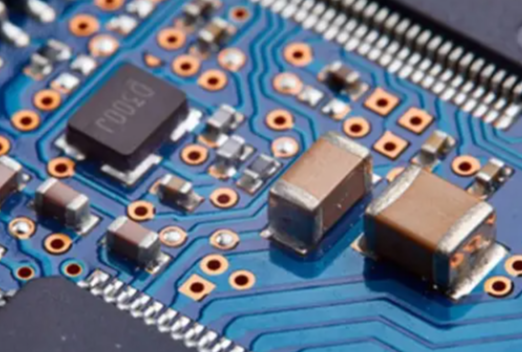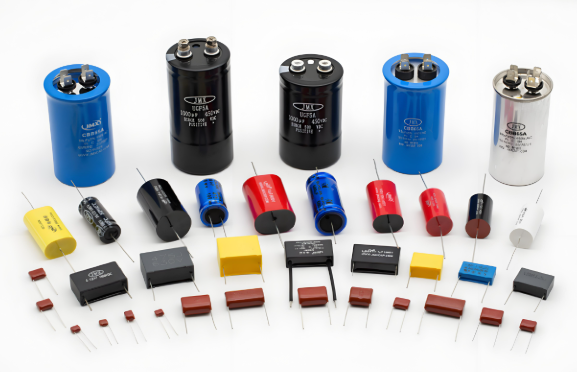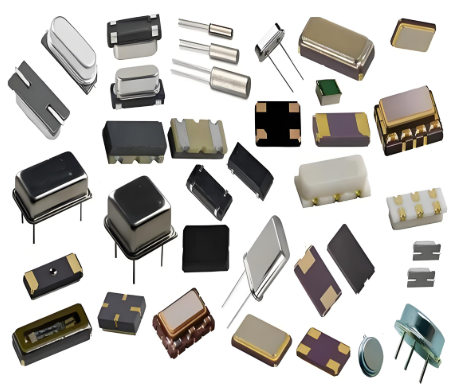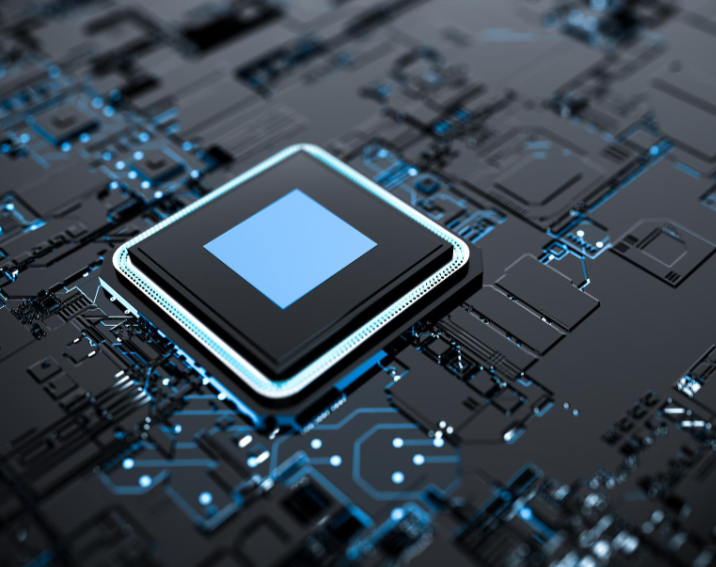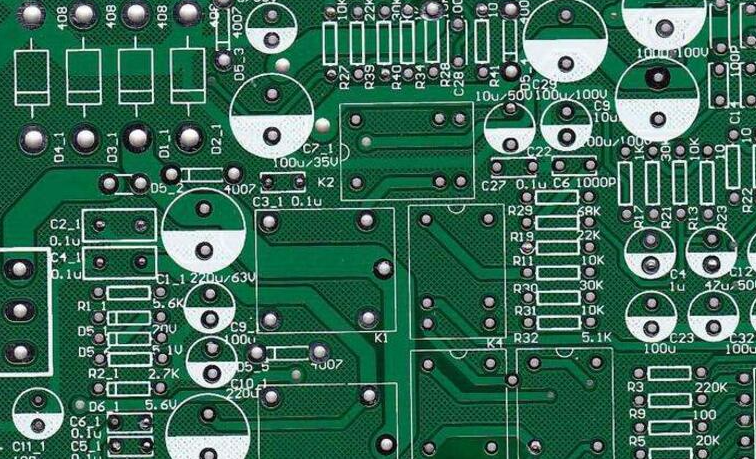General Knowledge of Electronic Components: The Ultimate Guide
Introduction
In the intricate world of modern technology, electronic components are the fundamental building blocks that breathe life into every device we use. From the smartphone in your pocket to the sophisticated systems controlling a spacecraft, a deep and functional understanding of these components is not just for engineers—it’s General Knowledge of Electronic Components that empowers hobbyists, students, and tech enthusiasts alike. This knowledge forms the bedrock of innovation, troubleshooting, and design. Whether you are assembling your first circuit board or sourcing parts for a complex project, knowing what each component does, how it behaves, and where to find reliable information is paramount. In this comprehensive guide, we will demystify the core elements of electronics, providing you with the essential General Knowledge of Electronic Components needed to navigate this dynamic field. For those seeking to deepen their practical understanding and source quality parts, platforms like ICGOODFIND can be an invaluable resource for finding datasheets, supplier information, and component comparisons.

The Foundation: Passive Components
Passive components are the silent workhorses of any electronic circuit. They cannot introduce net energy into a circuit nor can they amplify a signal. Instead, they primarily absorb, store, or release energy. Their operation is fundamental and predictable, governed by the laws of physics.
1. Resistors
Arguably the most common electronic component, the resistor’s primary function is to oppose the flow of electric current. This might seem counterintuitive, but controlling current is as crucial as allowing it to flow. Resistors are used to set bias points for active devices, limit current to protect components like LEDs, divide voltages, and terminate transmission lines. They are characterized by their resistance, measured in Ohms (Ω), and their power rating, measured in Watts (W). There are various types, including fixed resistors (carbon film, metal film), variable resistors (potentiometers and rheostats), and specialized types like thermistors (resistance changes with temperature) and photoresistors (resistance changes with light). Understanding how to read resistor color codes or SMD markings is a fundamental skill in our General Knowledge of Electronic Components.
2. Capacitors
If resistors manage current, capacitors manage voltage. A capacitor is a component that stores electrical energy in an electric field. It essentially consists of two conductive plates separated by an insulating material called a dielectric. When a voltage is applied, positive charge collects on one plate and negative charge on the other, storing energy until the voltage is removed or changed. Capacitors are used for filtering noise from power supplies, blocking DC signals while allowing AC signals to pass (coupling), stabilizing voltage levels (decoupling), and timing circuits in conjunction with resistors. Their capacity is measured in Farads (F), though most common capacitors are rated in microfarads (µF), nanofarads (nF), or picofarads (pF). Key types include ceramic capacitors, electrolytic capacitors (noted for their polarity), and tantalum capacitors.
3. Inductors
Completing the trio of fundamental passive components is the inductor. An inductor stores energy in a magnetic field when electric current flows through it. It is typically a coil of wire wound around a core. The key property of an inductor is that it resists changes in current; it takes time for current to build up through an inductor and time for it to fall. This property makes them ideal for use in analog filters and tuned circuits (in combination with capacitors) to select specific frequencies, such as in radios. They are also essential in power supplies for smoothing and energy storage. Inductance is measured in Henries (H). While their use in digital circuits is less frequent than resistors and capacitors, their role in power electronics and RF (Radio Frequency) applications is irreplaceable.
The Control Center: Active Components
Active components are the decision-makers of the electronic world. Unlike passive components, they can amplify signals, switch currents, and control the flow of electricity. They typically require a source of power to operate and can introduce power gain into a circuit.
1. Diodes
A diode is the simplest form of an active component, acting as a one-way valve for electrical current. It allows current to flow freely in one direction (forward bias) while blocking it almost entirely in the opposite direction (reverse bias). This property is exploited in rectifier circuits, which convert Alternating Current (AC) to Direct Current (DC). Beyond standard rectifier diodes, there are many specialized types. The Light-Emitting Diode (LED) emits light when current passes through it. Zener diodes are designed to allow current to flow backwards at a specific “Zener voltage,” making them perfect for voltage regulation. Schottky diodes have a very fast switching speed and low forward voltage drop, useful in high-frequency applications.
2. Transistors
If there is one component that revolutionized the modern world, it is the transistor. It serves two primary functions: switching and amplification. As a switch, a small current or voltage at one terminal can control a much larger current flow between two other terminals, forming the basis of all digital logic gates. As an amplifier, a tiny variation in input current can produce a large variation in output current, enabling everything from audio amplifiers to sensitive radio receivers. The two main families are Bipolar Junction Transistors (BJTs), which are current-controlled, and Field-Effect Transistors (FETs), which are voltage-controlled. MOSFETs (a type of FET) are particularly dominant in modern digital integrated circuits and power electronics due to their high efficiency.
3. Integrated Circuits (ICs)
An Integrated Circuit (IC) is a microscopic marvel where an entire circuit—comprising millions or even billions of transistors, resistors, capacitors, and diodes—is fabricated onto a single piece of semiconductor material, usually silicon. ICs are what make modern electronics small, powerful, and cheap. They can be categorized broadly into analog ICs (like operational amplifiers and voltage regulators), digital ICs (like microprocessors, memory chips, and logic gates), and mixed-signal ICs (which combine both). Understanding how to read a datasheet for an IC—a document detailing its pinout, electrical characteristics, and application notes—is a critical part of advanced General Knowledge of Electronic Components. When working with complex ICs or looking for alternative parts for a design specification (ICGOODFIND), consulting these datasheets is non-negotiable.
Practical Application and Selection
Knowing the theory is one thing; applying it is another. This final section bridges the gap between component knowledge and practical implementation.
1. Reading Schematics and Datasheets
A schematic diagram is the universal language of electronics. It uses standardized symbols to represent components and their interconnections. Mastering schematic reading is essential for building, debugging, and designing circuits. Equally important is the ability to navigate a component’s datasheet. This document provides all the critical parameters needed for proper implementation: absolute maximum ratings (voltages, currents, temperatures beyond which the part will be damaged), recommended operating conditions, electrical characteristics, pin configurations, and often example application circuits.
2. The Importance of Packaging
Electronic components come in two broad packaging categories: Through-Hole (THT) and Surface-Mount (SMD or SMT). Through-hole components have long leads that are inserted through holes in a printed circuit board (PCB) and soldered on the opposite side. They are robust and easier for beginners to handle manually. Surface-mount components are smaller and are soldered directly onto the surface of the PCB. They allow for much higher component density and are used in virtually all modern consumer electronics. Understanding package sizes (e.g., 0805, SOT-23) is crucial for PCB design.
3. Sourcing and Reliability
Not all components are created equal. A critical piece of practical knowledge is knowing where and how to source reliable parts. * Authorized Distributors: Source components directly from manufacturers or their authorized partners. This guarantees authenticity but can be more expensive. * Brokers & Independent Distributors: Can source obsolete or hard-to-find parts but carry a higher risk of receiving counterfeit or remarked components. Using platforms that aggregate information from various suppliers can help in making informed decisions about availability, pricing trends (ICGOODFIND), lead times, which directly impacts project timelines and success.
Conclusion
The journey into electronics begins with a solid grasp of its basic vocabulary: the General Knowledge of Electronic Components. From the current-limiting action of a resistor to the computational power of an integrated circuit, each component plays a specific and vital role in the symphony of a functioning electronic system. This knowledge empowers you to not only understand how existing technology works but also to imagine, design, and build new solutions. It enables effective troubleshooting by allowing you to hypothesize about which component might be failing based on observed symptoms. As you continue to explore this fascinating field—whether through formal education hands-on projects like building Arduino kits or Raspberry Pi add-ons or professional design work remember that this foundational knowledge is your most valuable tool.








